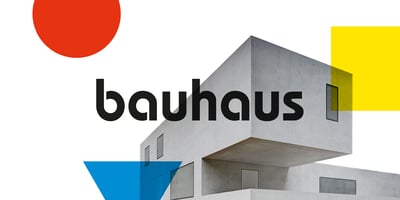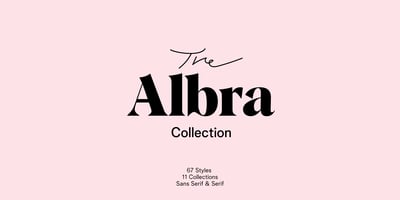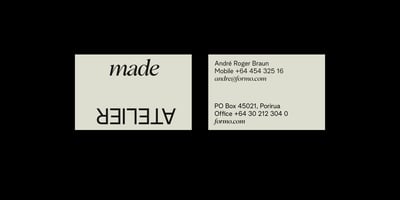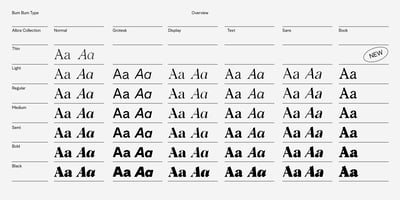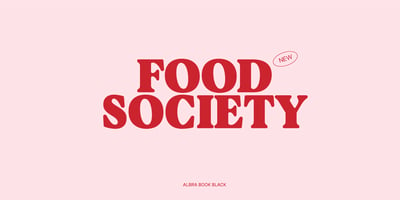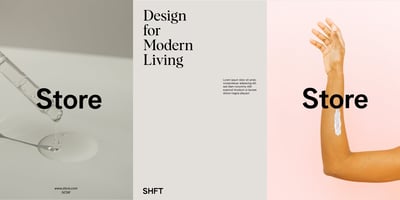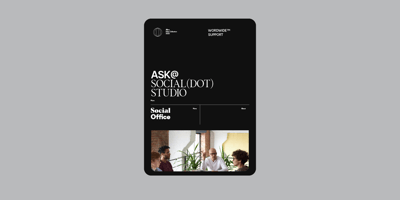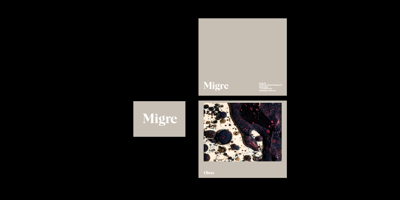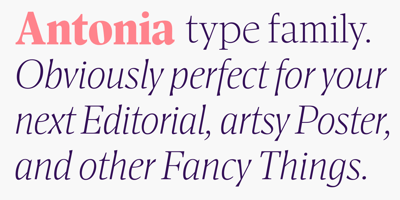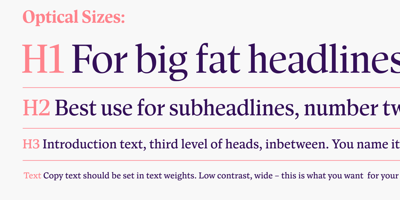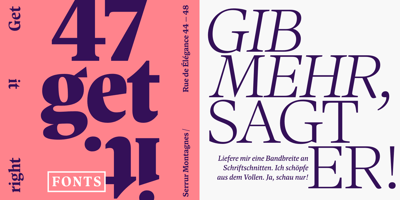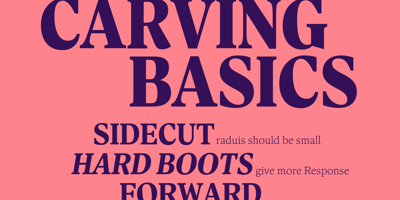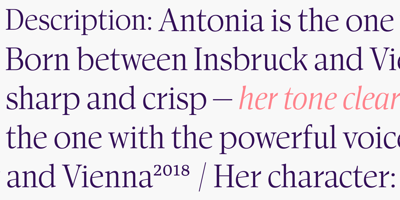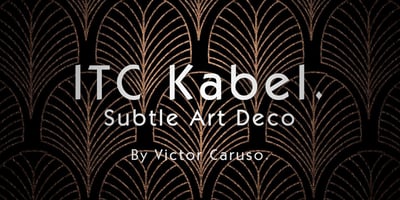Weight
Width
X-Height
Contrast
Slant
- Alternates
- Fractions
- Kerning
- Ligatures
- Numerical Alternates
- Shaping
- Small Capitals
- Spacing
- display
- Sans Serif
- serif
- script
- blackletter


Roy Cole
Roy Cole typography was formed in 2003 by the British typographer Roy Cole (1932–2012); a foundry dedicated to the development of sanserif typeface families that are characterized by their strong legibility, rhythmic elegance and timelessness. Cole was the only British compositor to study at the Allgemeine Gewerbeschule Basel (Basel School of Design) under the tutelage of Emil Ruder, the master of modern typography. In the 1950s–60s, the Gewerbeschule was host to a particularly formidable team of tutors – Robert Büchler, Kurt Hauert, Armin Hofmann, and Ruder himself – creating a typographic style that attained world recognition. This phenomenon, known as ‘Swiss Style’, became a hallmark of Cole’s practice, and continues to influence the work of many designers today. Following his studies at the Gewerbeschule, Cole worked for Birkhäuser AG, Basel, and Zollikofer & Co. AG, St Gallen, before gaining employment with a number of large design companies in the UK. In 1981 he established Cole Design Unit, designing hundreds of books and book covers for a range of prestigious publishers, museums and public libraries including Phaidon, Oxford University Press, Royal Academy of Arts, Ashmolean Museum, and the Bodleian Library. In 2003 he formed his own type foundry, Roy Cole typography, to develop sanserif typeface families that are notable for their strong legibility, making them particularly suitable for book design: Lina (2003), Zeta (2006), Colophon (2009), and Coleface (2012). Roy Cole maintained a life-long friendship with his contemporaries – in particular Bruno Pfäffli and Adrian Frutiger (Atelier Frutiger + Pfäffli in Paris, France) and Helmut Schmid (Helmut Schmid Design in Osaka, Japan) – involving many years of correspondence, collaboration and studio visits.
Related
Images


















